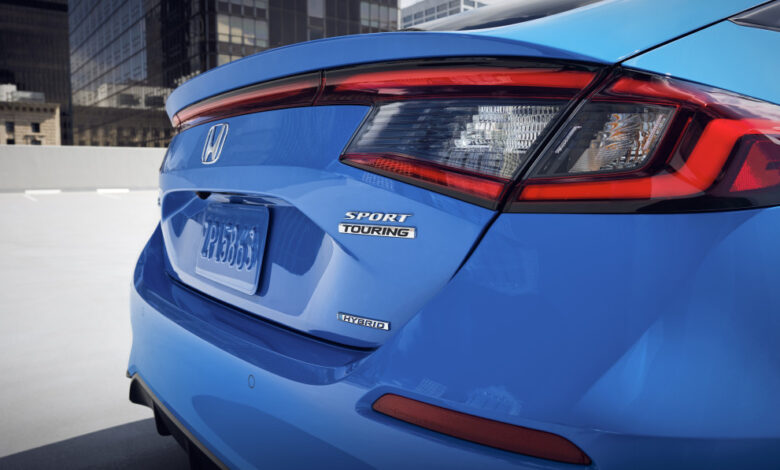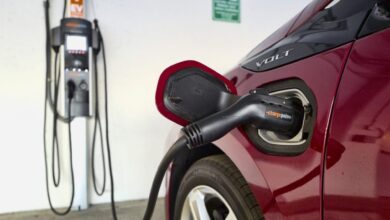AAA survey confirms the trend: More buyers worry about EVs, favor hybrids

Hybrids. yes. Electrics, maybe not.
Never mind monetary federal tax incentives and automobile manufacturers’ marketing of all-electric vehicles to American buyers; the appeal of EVs has dropped this year, while alternately, consumers say they’re more likely to purchase a hybrid.
An April survey by the American Automobile Association supports a continuing trend: Only 18 percent of Americans are “likely” or “very likely” to buy a fully electric vehicle, down from 23 percent a year ago.Meanwhile, 63 percent of respondents indicate it is “unlikely” or “very unlikely” that their next vehicle purchase will be an all-electric.
But hybrids, which are powered by a combination of gasoline and electricity, are significantly favored, according to the AAA, with 31 percent of respondents saying they are “likely” or “very likely” to buy a hybrid vehicle
Some reasons given: A hybrid vehicle lessens the anxiety for consumers because it allows people to enjoy the benefits of electrification without feeling like they are disrupting their current lifestyle. Range anxiety continues to be an issue for many. Those surveyed say that with hybrids, they’re less fearful of getting stuck if the battery dies, and that they offer less impact on long-distance travel.
Alternately, full electric cars and SUVs raised concerns about price compared to ICE vehicles (cited by 60 percent of respondents, up 1 percent) and the high costs to repair/replace batteries (57 percent, up 2 percent).
“Deciding to make the leap to full electric may feel overwhelming for many consumers, and a hybrid option may be the way to bridge this gap,” said Greg Brannon, director of automotive research at AAA, in a release. “Consumer demand will ultimately dictate the future, and my prediction is that we will have a mix of EVs, hybrids and internal combustion vehicles in dealership and on the roads in the U.S. for many decades ahead.”
AAA said it conducted the survey between April 4-8 of 1,152 adults 18 and over using a probability-based panel, which provides sample coverage of approximately 97 percent of US household population. The organization reported a margin of error of +/- 4 percent.



